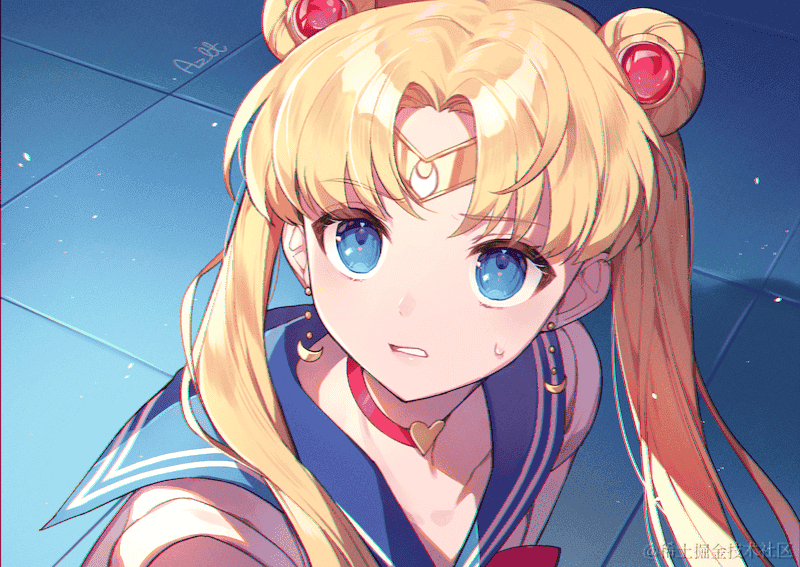点阵特效指南:Three.js粒子系统震撼全场
2023-04-05 06:57:47
揭秘Three.js的粒子系统:照亮你的3D视觉世界
在数字艺术的领域中,Three.js因其在创建令人惊叹的3D图形方面的强大功能而备受推崇。而它的粒子系统更是点亮视觉世界的一把利器,让你可以打造出如星空般浩瀚壮丽的特效,或飘逸雪花般唯美浪漫的场景。
如果你是一位Three.js艺术家,掌握粒子系统是必备技能。在本文中,我们将踏上粒子系统之旅,一步步教你如何用Three.js打造炫目的点阵特效,让你大开眼界。
1. 准备画布和场景
首先,我们需要创建一个画布容器和一个场景对象,这是Three.js构建任何特效的基础。代码如下:
const scene = new THREE.Scene();
const camera = new THREE.PerspectiveCamera(75, window.innerWidth / window.innerHeight, 0.1, 1000);
const renderer = new THREE.WebGLRenderer();
2. 加载粒子纹理
接下来,为你的粒子赋予美轮美奂的外观。你可以加载任何你喜欢的纹理图片,尽情发挥你的创意吧!
const textureLoader = new THREE.TextureLoader();
const texture = textureLoader.load('path/to/your/texture.png');
3. 创建点阵材质
现在,我们需要一个点阵材质来管理粒子的外观。设置好颜色、纹理和大小等属性,然后就是见证奇迹的时刻了!
const material = new THREE.PointsMaterial({
size: 0.1,
map: texture,
color: 0xffffff,
transparent: true
});
4. 创造粒子几何体
接下来,是让粒子几何体闪亮登场的时候了!我们可以轻松设定粒子数量和三维空间的分布方式。粒子几何体的形状由你决定,可以是点、正方形甚至自定义形状。
const geometry = new THREE.BufferGeometry();
const positions = new Float32Array(particleCount * 3);
5. 布局粒子位置
这是让粒子几何体动起来的时刻!我们要为每个粒子分配随机的位置,并确保它们不会彼此重叠。这就像在3D空间中撒落群星,美不胜收。
for (let i = 0; i < particleCount; i++) {
const i3 = i * 3;
positions[i3] = Math.random() * 100 - 50;
positions[i3 + 1] = Math.random() * 100 - 50;
positions[i3 + 2] = Math.random() * 100 - 50;
}
geometry.setAttribute('position', new THREE.BufferAttribute(positions, 3));
6. 创建粒子系统
现在,是时候把所有元素组合在一起,形成美轮美奂的粒子系统了。利用刚才创建的粒子几何体和点阵材质,再赋予它一个华丽的出场动画。
const particleSystem = new THREE.Points(geometry, material);
particleSystem.rotation.y = Math.PI / 2; // 旋转粒子系统
scene.add(particleSystem);
7. 动态动画
最后,是让粒子系统动起来的时刻!我们要赋予它生命,让它在Three.js世界的舞台上翩翩起舞。
const animate = () => {
requestAnimationFrame(animate);
particleSystem.rotation.y += 0.001; // 旋转粒子系统
renderer.render(scene, camera);
};
animate();
8. 总结
恭喜你!你已经完成了自己的Three.js粒子系统之旅。作为一名Three.js艺术家,粒子系统将成为你创造出各种令人惊叹的效果的强大工具。
你已经学习了如何使用Three.js粒子系统来创造神奇的点阵特效,包括如何加载粒子纹理、创建粒子材质、定义粒子几何体、布局粒子位置、生成粒子系统,并赋予它动态动画。
现在,你已经掌握了Three.js粒子系统的艺术,赶快动手创造出自己的粒子系统杰作吧!
9. 示例代码
为了帮助你快速上手,这里提供了一段示例代码:
// 创建场景
const scene = new THREE.Scene();
// 创建相机
const camera = new THREE.PerspectiveCamera(75, window.innerWidth / window.innerHeight, 0.1, 1000);
// 创建渲染器
const renderer = new THREE.WebGLRenderer();
// 加载粒子纹理
const textureLoader = new THREE.TextureLoader();
const texture = textureLoader.load('path/to/your/texture.png');
// 创建点阵材质
const material = new THREE.PointsMaterial({
size: 0.1,
map: texture,
color: 0xffffff,
transparent: true
});
// 创建粒子几何体
const geometry = new THREE.BufferGeometry();
const positions = new Float32Array(particleCount * 3);
// 布局粒子位置
for (let i = 0; i < particleCount; i++) {
const i3 = i * 3;
positions[i3] = Math.random() * 100 - 50;
positions[i3 + 1] = Math.random() * 100 - 50;
positions[i3 + 2] = Math.random() * 100 - 50;
}
geometry.setAttribute('position', new THREE.BufferAttribute(positions, 3));
// 创建粒子系统
const particleSystem = new THREE.Points(geometry, material);
particleSystem.rotation.y = Math.PI / 2; // 旋转粒子系统
scene.add(particleSystem);
// 动态动画
const animate = () => {
requestAnimationFrame(animate);
particleSystem.rotation.y += 0.001; // 旋转粒子系统
renderer.render(scene, camera);
};
animate();
常见问题解答
1. 如何改变粒子系统的大小?
particleSystem.material.size = newSize;
2. 如何改变粒子系统的颜色?
particleSystem.material.color = new THREE.Color(newColor);
3. 如何让粒子系统移动?
particleSystem.position.x += movementX;
particleSystem.position.y += movementY;
particleSystem.position.z += movementZ;
4. 如何旋转粒子系统?
particleSystem.rotation.x += rotationX;
particleSystem.rotation.y += rotationY;
particleSystem.rotation.z += rotationZ;
5. 如何在粒子系统中使用自定义形状?
你可以创建自定义形状,并将其用作粒子几何体的顶点着色器,具体方法如下:
const customGeometry = new THREE.BufferGeometry();
customGeometry.setAttribute('position', new THREE.BufferAttribute(customPositions, 3));
const customMaterial = new THREE.PointsMaterial({
vertexColors: true,
size: 0.1,
map: texture,
transparent: true
});
const customParticleSystem = new THREE.Points(customGeometry, customMaterial);


